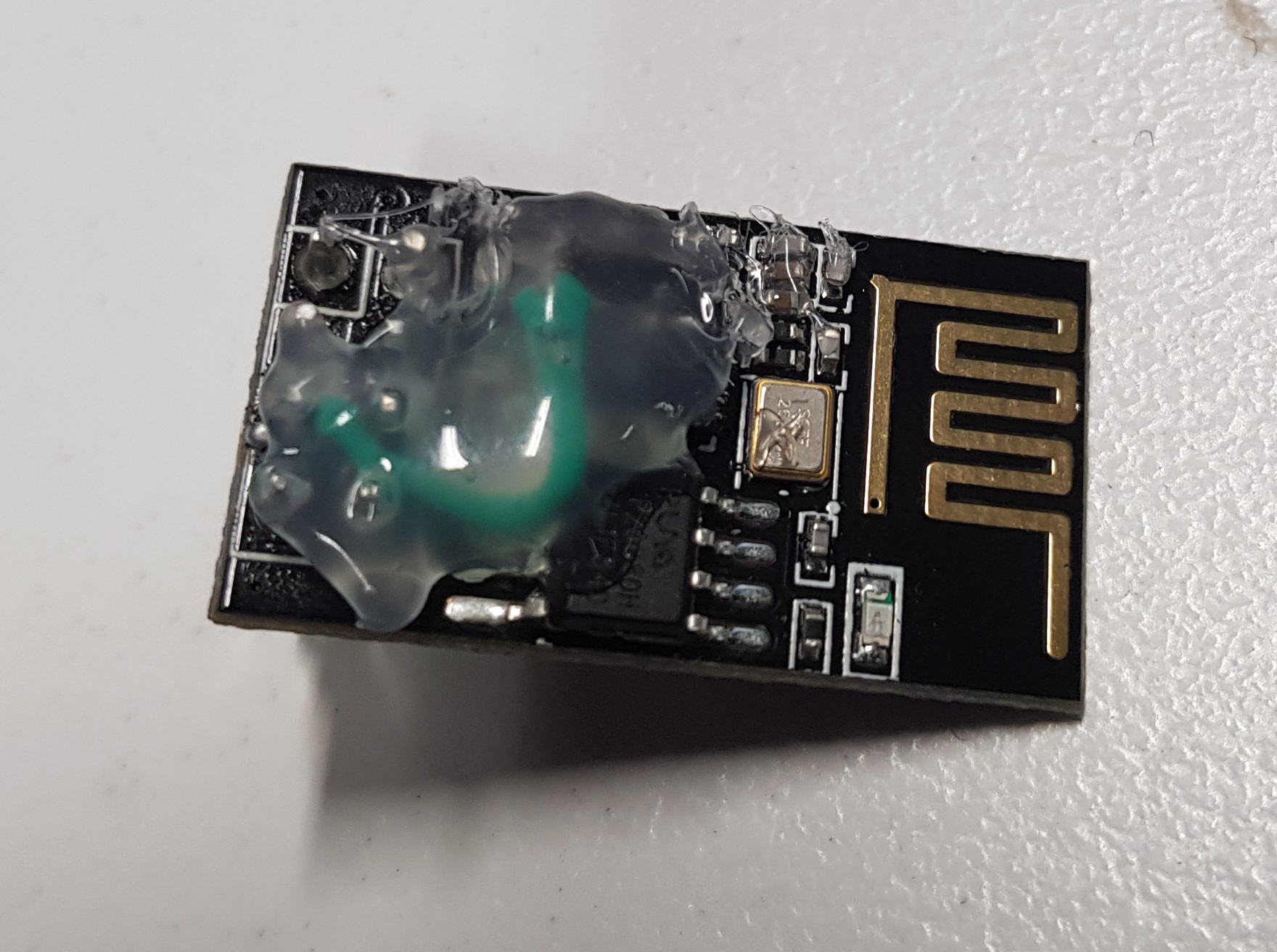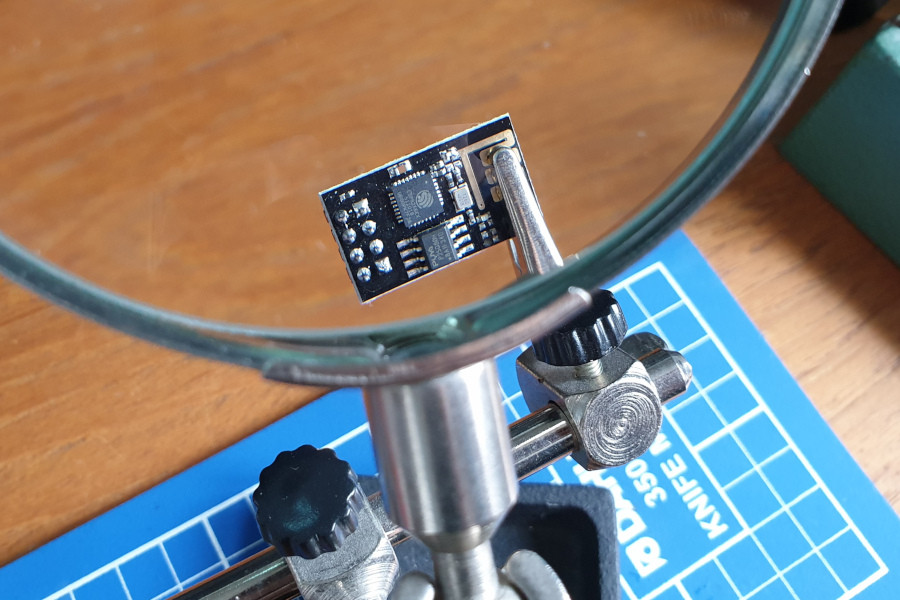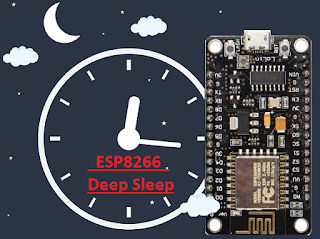

Since the CPU of ESP8266 is suspended in Light–Sleep Mode, it cannot respond to signals and interrupts from internal peripherals. In Light–Sleep Mode, the CPU, its clock and all the internal peripherals are also suspended in addition to the Wi-Fi Modem Circuit aiding in even less power consumption.Ī simple application of light–sleep mode is a Wi-Fi Switch, where the CPU can be idle when not operational but the system is connected to Wi-Fi for receiving commands (Wi-Fi transmission is also disabled). Turning off the Wi-Fi Modem will significantly reduce the power consumption and as the CPU is still operational, the Modem–Sleep Mode can be used in applications where only the CPU must be working (like ADC, PWM or I2S). This means that there is no data transmission but only the connection. As the name suggests, in Modem–Sleep mode, the CPU of ESP8266 SoC is operational but the Wi-Fi and Radio are disabled.Įven though the Wi-Fi Modem circuit is powered down, the chip still maintains the Wi-Fi connection. This is the first and simplest low power mode or sleep mode of ESP8266 SoC. The supply voltage is 3.0V and the ambient temperature is 25 0C. The following table gives the typical power consumption values for various parameters in Active Mode. Additionally, the power consumption also depends on the type of IEE 802.11 protocol (like 802.11b, 802.11g or 802.11n) and its associated modulation (CCK, OFDM or MCS7). Power Consumption in Active Mode is dependent on whether the SoC is transmitting data over Wi-Fi or receiving data. As the CPU is functioning, all the peripherals are also active and can be used by the application. This is the default mode of operation, where the CPU is running normally and also the Wi-Fi and Radio are powered ON so that the SoC can transmit, receive or listen to Wi-Fi. The esp8266 module operates in the following modes:

standby power consumption of less than 1.0mW (DTIM3).

A-MPDU, A-MSDU aggregation and the 0.4 Within wake.Built-in low-power 32-bit CPU: can double as an application processor.Built-in PLL, voltage regulator and power management components.Built-in TR switch, balun, LNA, power amplifier and matching network.A wide adoption has been facilitated by the very modest price, ranging from 2.50 to 10 USD depending on the features offered by the manufacturers. This board has been around for almost a year now, and has been used mostly in IoT contexts, where we want to add connectivity for example to an Arduino project.
#Esp01 deep sleep plus
The GPIO pins allow Analog and Digital IO, plus PWM, SPI, I2C, etc.
#Esp01 deep sleep serial
ESP-01, ESP-03, ESP8266ĮSP8266 can be used as an external Wifi module, using the standard AT Command set Firmware by connecting it to any microcontroller using the serial UART, or directly serve as a Wifi-enabled micro controller, by programming a new firmware using the provided SDK.
#Esp01 deep sleep full
It is an highly integrated chip designed to provide full internet connectivity in a small package. Here, I will upload the LM35 temperature sensor data to the ThingSpeak intermediate server for a period of 15 seconds, and for that 15 seconds, the ESP8266 remains in deep sleep to save power.ĮSP8266 sleep mode low power solutions What is the ESP8266?ĮSP8266 is a wifi SOC (system on a chip) produced by Espressif Systems . As we know that ESP8266 is one of the most popular modules for building any IoT project, so in this article we learn about esp8266’s deep sleep mode to save power when using it.


 0 kommentar(er)
0 kommentar(er)
